|
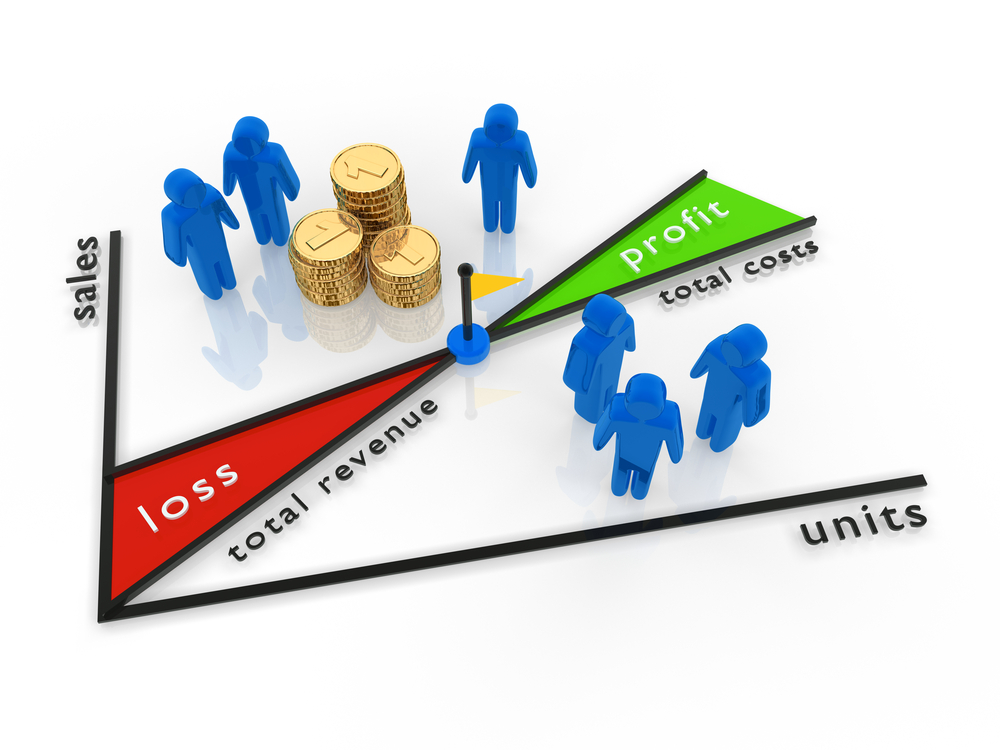 There are many different types of graphs. There are many different types of graphs.
All graphs must have certain features:
- A title
- Labelled axis indicating units used
- Even scales
Line Graphs
Line graphs show how quantities are changing. Below are four examples:
|
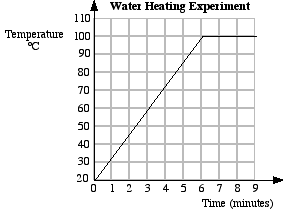
This graph shows the water heating up steadily till it boils after 6 minutes.
|

Notice the changes in the boy's height as he moves through his teenage years.
|
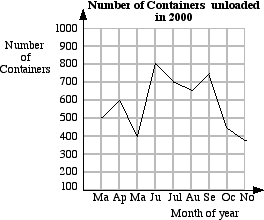
The number of containers changes considerably from month to month.
|
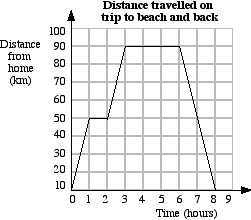
Line graphs are often used to show distance and time.
|
Scatter Graphs
Scatter graphs are used to show connections between two quantities.Below are two examples:
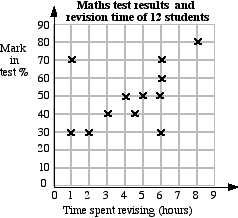
There would appear to be a relationship between the mark and the time spent revising.
i.e. More revision − better mark!
|
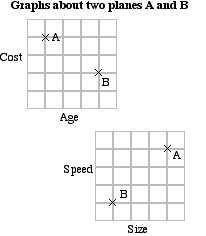
The graphs show that if the plane is new it is cheaper and that if it is faster it is bigger.
|
Coordinate Graphs
Coordinate graphs are used to show a rule or relationships between x and y values. The points on the graphs below can be joined with straight lines.
Some terms to do with coordinate graphs are:
Domain The set of x-values (from the table).
Range The set of y-values (from the table).
Gradient Tells how steep a line is.
Intercept Where the lines cross the axes.
Below are two examples:
|
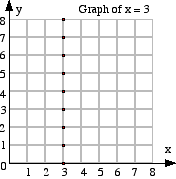
This graph shows the relation x = 3. i.e. Each of the points has an x-value of 3.
This can be shown in a table:
|
x
|
3
|
3
|
3
|
3
|
3
|
3
|
3
|
3
|
3
|
|
y
|
0
|
1
|
2
|
3
|
4
|
5
|
6
|
7
|
8
|
|

This graph shows the relation y = x + 2. i.e. Each of the y-values is 2 more than the x-value.
This can be shown in a table:
|
x
|
0
|
1
|
2
|
3
|
4
|
5
|
6
|
|
y
|
2
|
3
|
4
|
5
|
6
|
7
|
8
|
|
Statistical Graphs
These graphs are detailed in Topic 45. |








